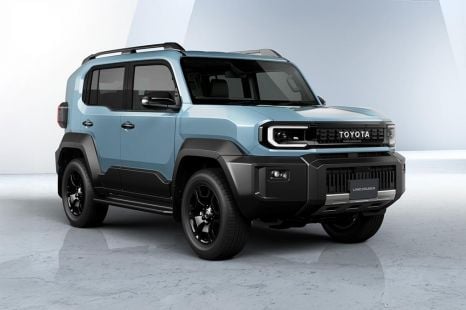

William Stopford
The cars revealed in 2025 we wish would come to Australia
3 Hours Ago
Apple had some grand ambitions for its now-cancelled car project, but after several years and billions of dollars it went nowhere.

News Editor


News Editor
Apple wanted to build a modern-day Volkswagen Kombi, but with the minimalist aesthetic of the tech giant’s electronics and fully autonomous capabilities.
That’s according to a report from Bloomberg, which said one Project Titan prototype was internally referred to as the Bread Loaf and closely resembled the electric people mover by startup Canoo.
Tested in 2020 by top Apple executives on the company’s track in Arizona, by which point it had been in development for a number of years, the prototype reportedly had an all-glass roof, sliding doors and whitewall tyres.
It was set to launch in 2025, complete with a large TV screen and windows with adjustable tint.
Despite the people mover body style, it was designed to seat four people in business-class comfort, with reclining seats that featured footrests.
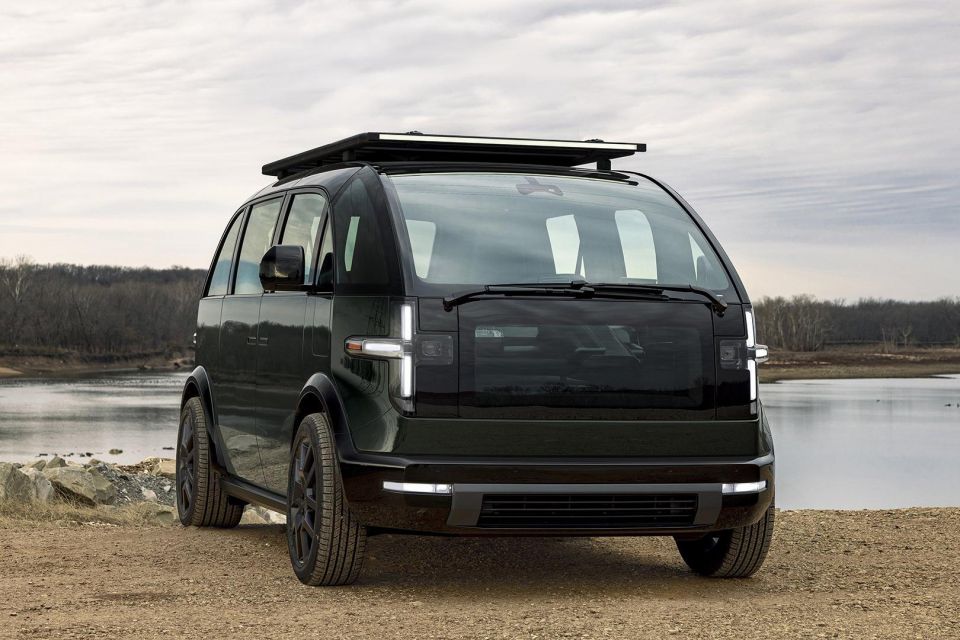
It was also reportedly set to have Level 5 autonomous capability – i.e. be entirely self-driving – and lack a steering wheel and pedals. As a redundancy, it was reportedly set to include a controller like on a gaming console that was designed for low-speed driving only.
Additionally, if the vehicle’s occupants found themselves somewhere they couldn’t navigate from, they would reportedly be able to contact an Apple command centre which could access the vehicle remotely and move it to safety.
As Bloomberg reports, however, there simply wasn’t the capability for Level 5 driving, and though the project head at the time – Doug Field – pushed for Level 3 technology, his bosses continued to demand full self-driving capability, with the plan for the vehicle to be a living room on wheels.
In 2021, under Mr Field’s successor, Kevin Lynch, the Apple Car became “pod-shaped” with curved glass sides that doubled as gull-wing doors. It was nicknamed the I-Beam.
The front and back initially lacked windows, which were added later, while fold-out ramps were considered.
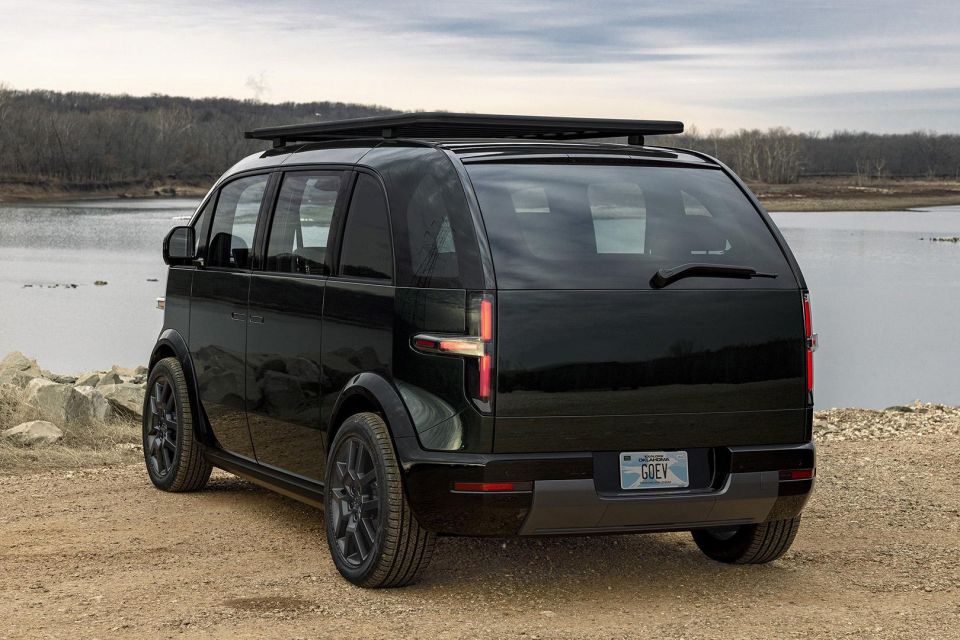
The Bread Loaf and I-Beam were two of at least five different major designs worked on by Apple on a constantly evolving car project.
Then-design chief and iPod designer Jony Ive also helped shape the project, calling for the vehicle to be offered only in white and in a single configuration so it would be instantly recognisable; inside, it would have stainless steel, wood and white fabric trim.
More conventional SUV-like designs were also considered.
The inside reportedly went through a number of design iterations too. Apple reportedly considered touchscreens suspended with brackets from the ceiling, and various other “crazy features” that one executive said would be pitched, developed and then ditched.
This development program reportedly cost, on average, US$1 billion (A$1.51bn) annually, not including the outside teams developing chips, sensors and software which added hundreds of million dollars more to the bill.
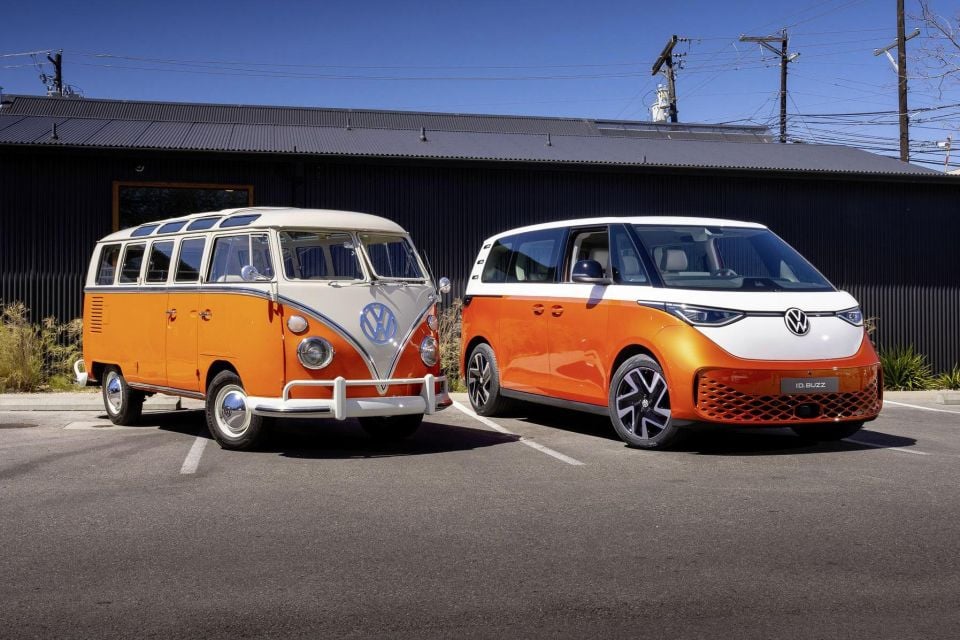
All this for a project that reportedly didn’t even reach prototype testing on public roads, though the company did test its self-driving tech in Lexus SUVs.
Sources told Bloomberg the Apple Car was an ill-conceived product that stuck around far too long.
“The big arc was poor leadership that let the program linger, while everyone else in Apple was cringing,” said an executive involved with the project.
Another senior manager, when asked what went wrong with the Apple Car, replied, “What went right?”
Apple’s aspirations to build a car started under former head Steve Jobs, who even reportedly floated the idea of acquiring General Motors at fire-sale prices in the wake of the Global Financial Crisis.
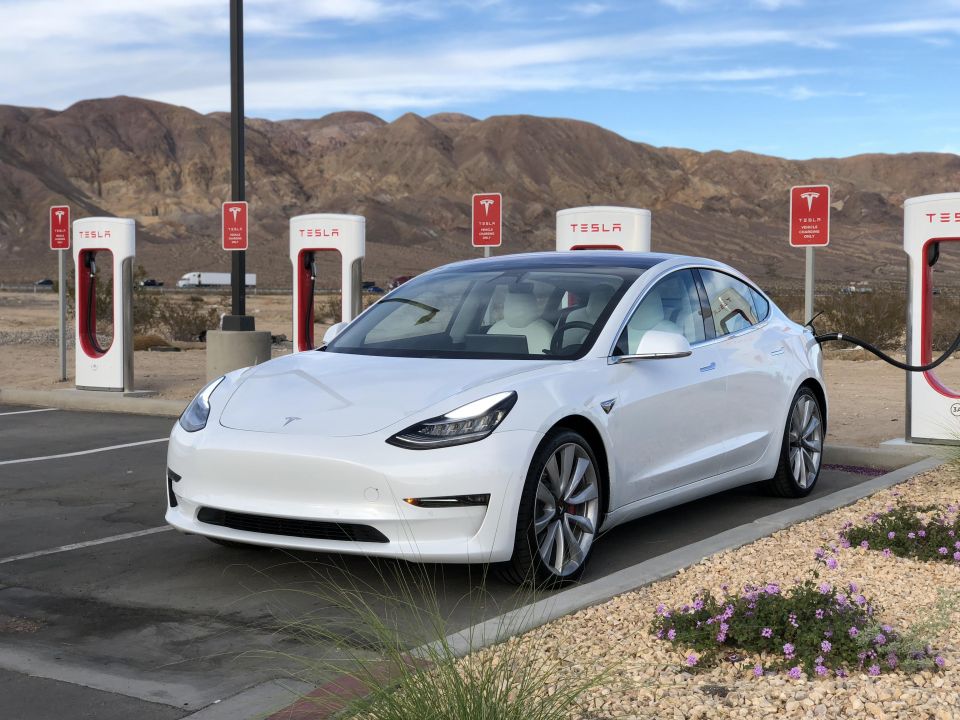
It also reportedly considered acquiring Tesla, with Adrian Perica, Apple’s head of corporate development, meeting with CEO Elon Musk on a number of occasions.
This acquisition never eventuated, and Mr Musk reportedly tried to restart talks with Apple CEO Tim Cook later when he was experiencing issues building the Model 3, but never got a meeting with the boss.
Apple reportedly met with Mercedes-Benz to discuss plans for the German manufacturer to build its vehicle, and in exchange share its self-driving platform and user interface – these plans were reportedly scrapped as Apple executives became more confident in their ability to build a car on their own.
The tech giant also reportedly had discussions with BMW and even McLaren, the latter in an attempt to re-engage Jony Ive with the company after he stepped back.
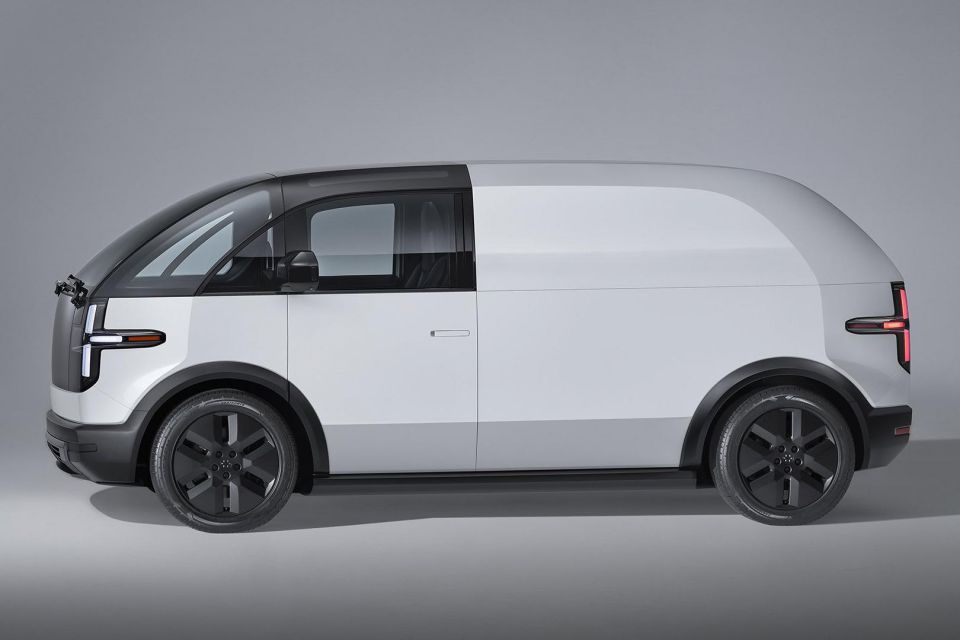
Even Canoo, the aforementioned startup, was the subject of discussions.
In 2023, project head Kevin Lynch finally successfully persuaded executives to drop the requirement for Level 5 autonomous driving technology to Level 2 – like the combination of adaptive cruise control and lane centring found in many modern vehicles.
A steering wheel and pedals were subsequently added to the vehicle.
But finally, in February this year, Apple pulled the plug on Project Titan. While some of the 2000 employees on the project were moved to the company’s AI and software engineering divisions, others were laid off. Apple is also reportedly selling its Arizona track.
William Stopford is an automotive journalist with a passion for mainstream cars, automotive history and overseas auto markets.


William Stopford
3 Hours Ago
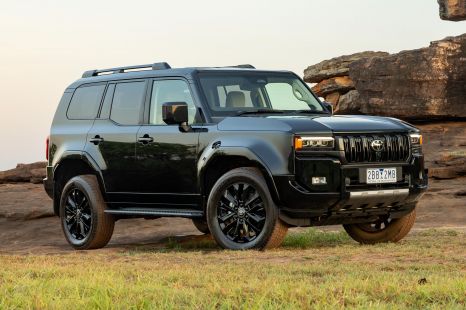

Josh Nevett
4 Hours Ago


Ben Zachariah
20 Hours Ago
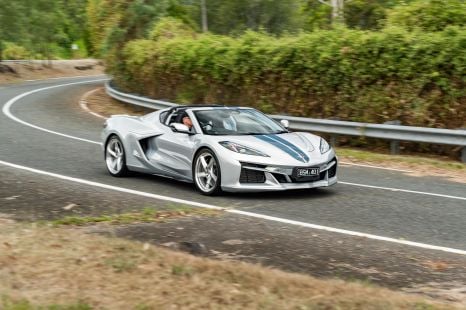

CarExpert.com.au
1 Day Ago
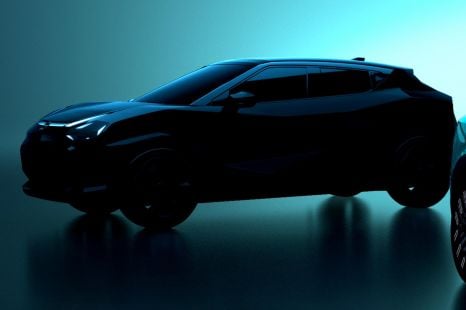

Damion Smy
2 Days Ago
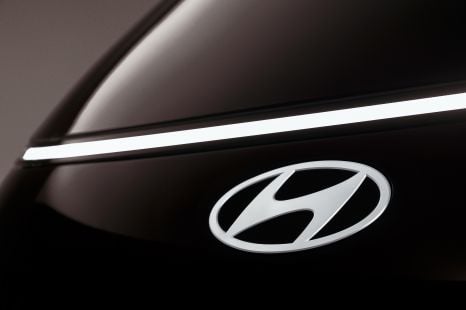

Damion Smy
2 Days Ago